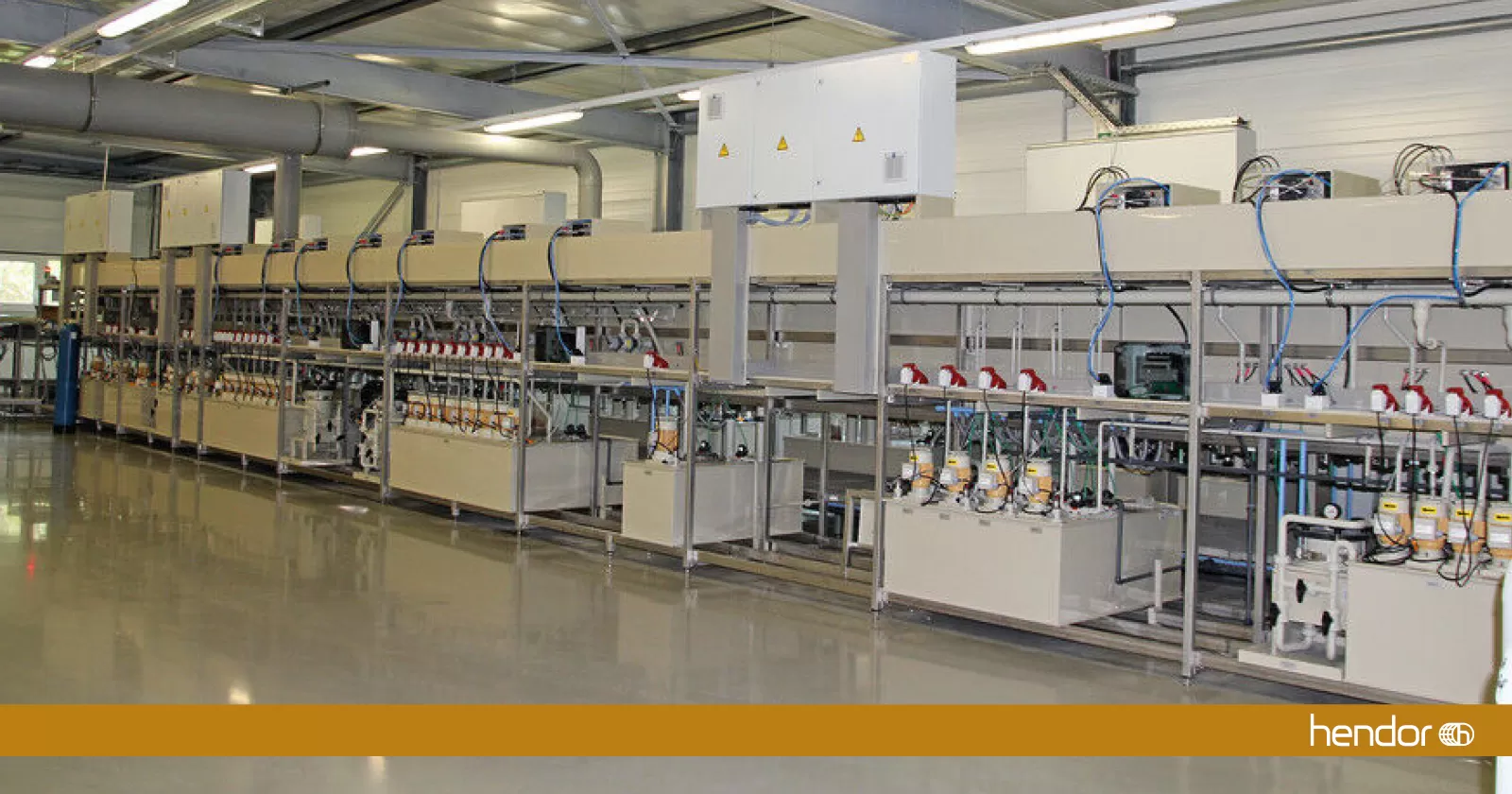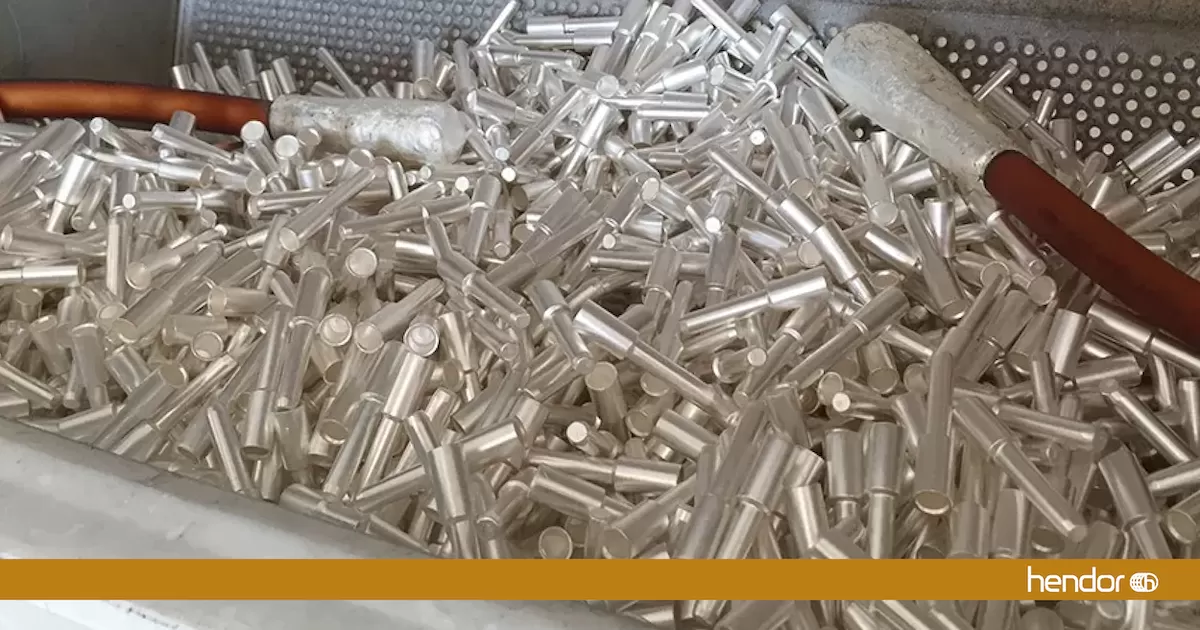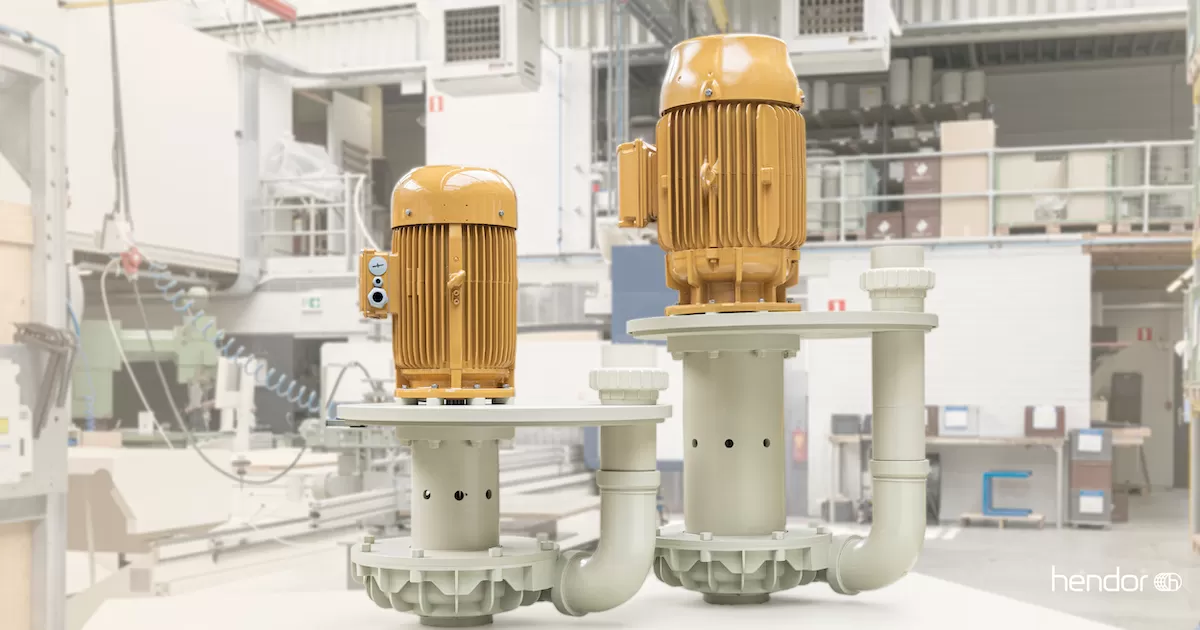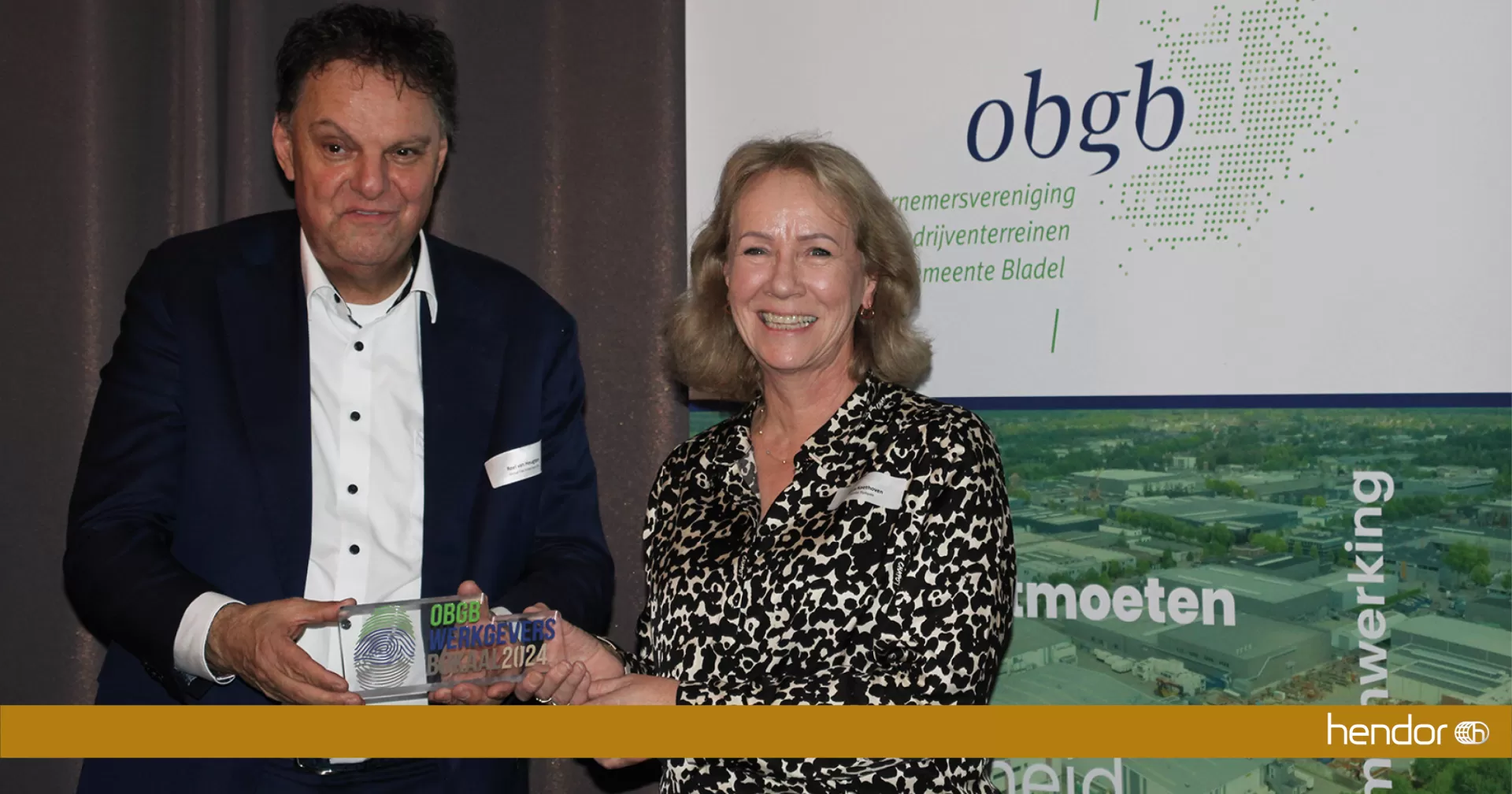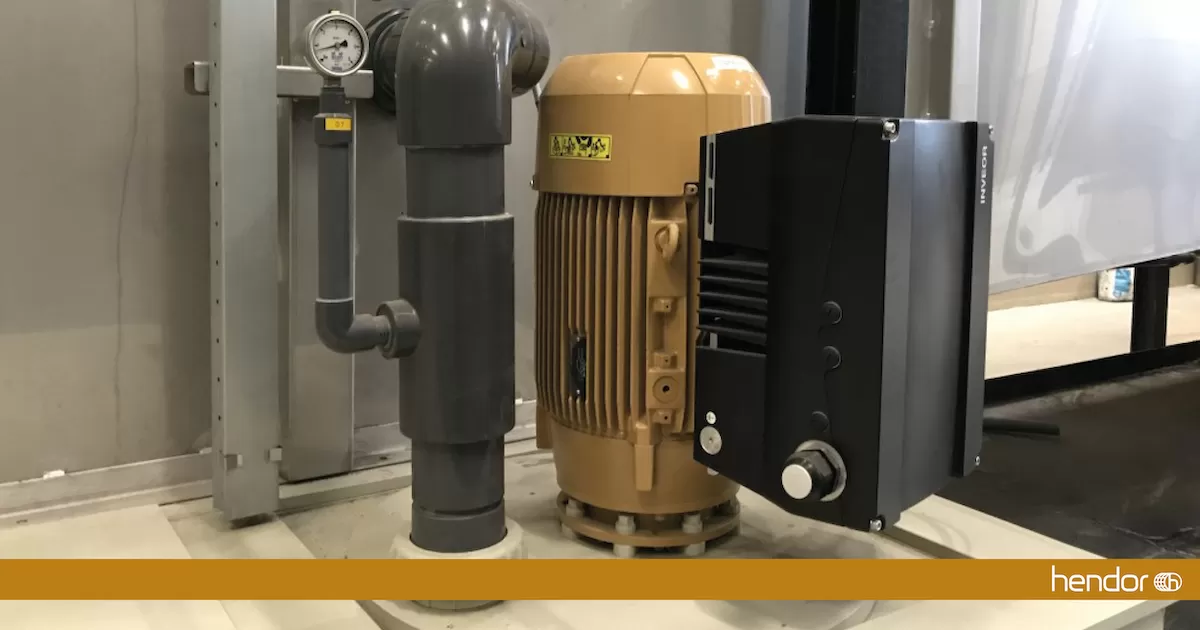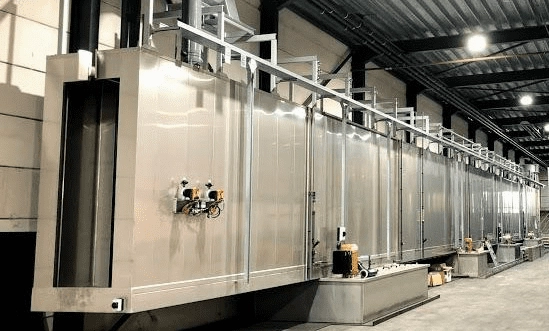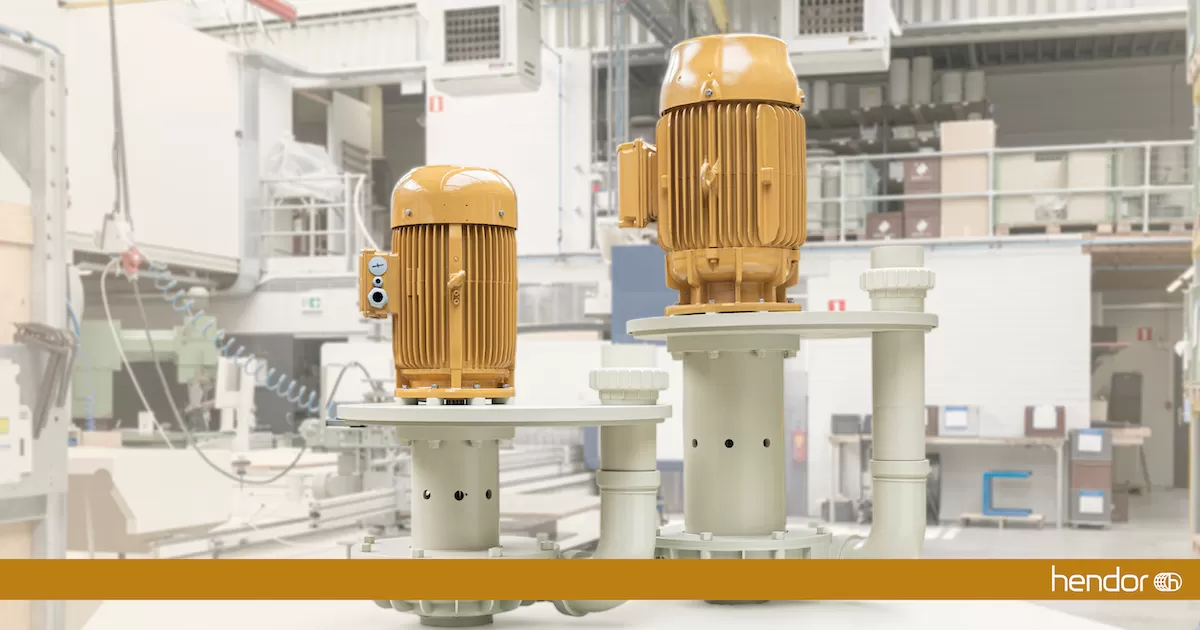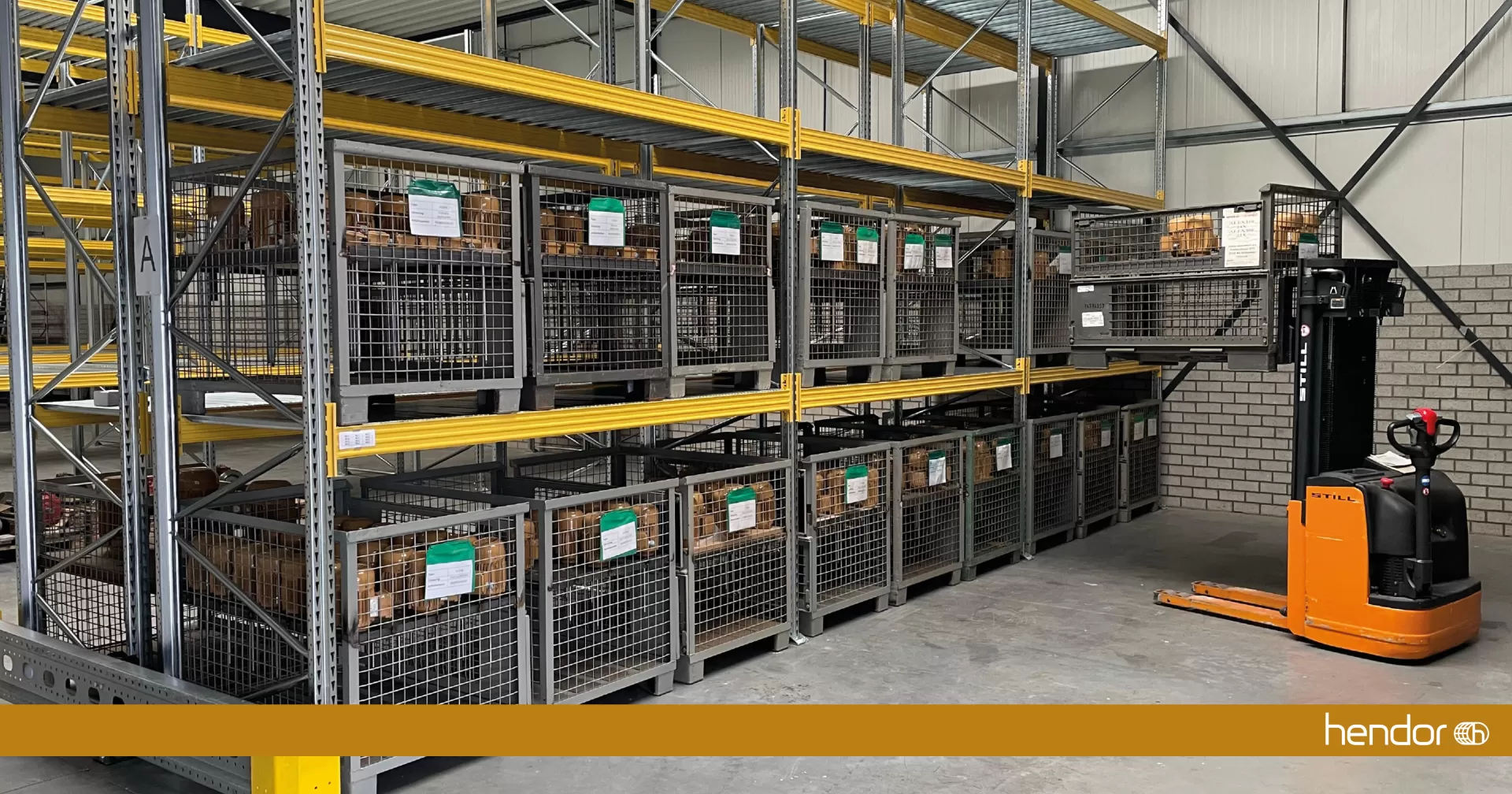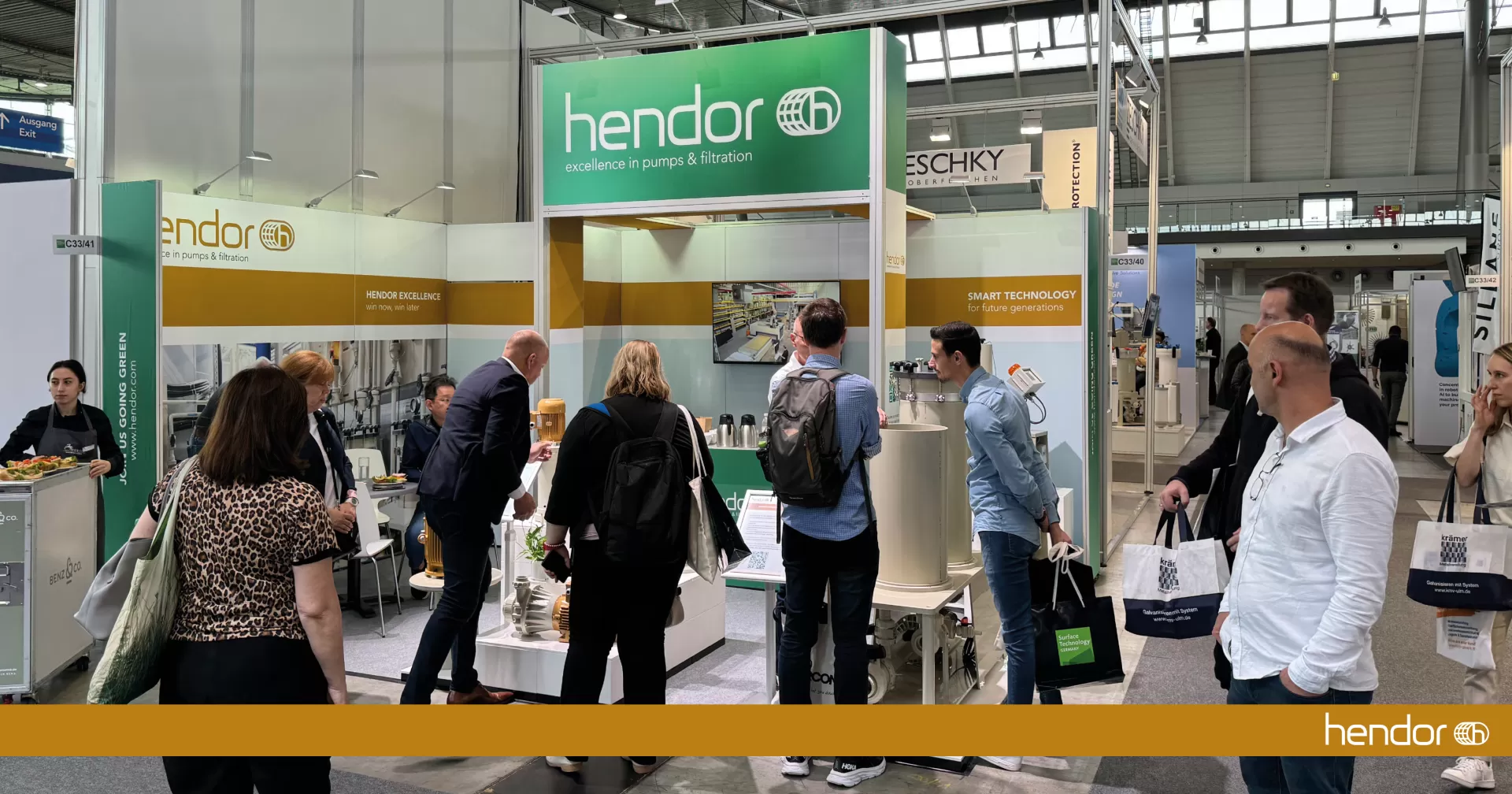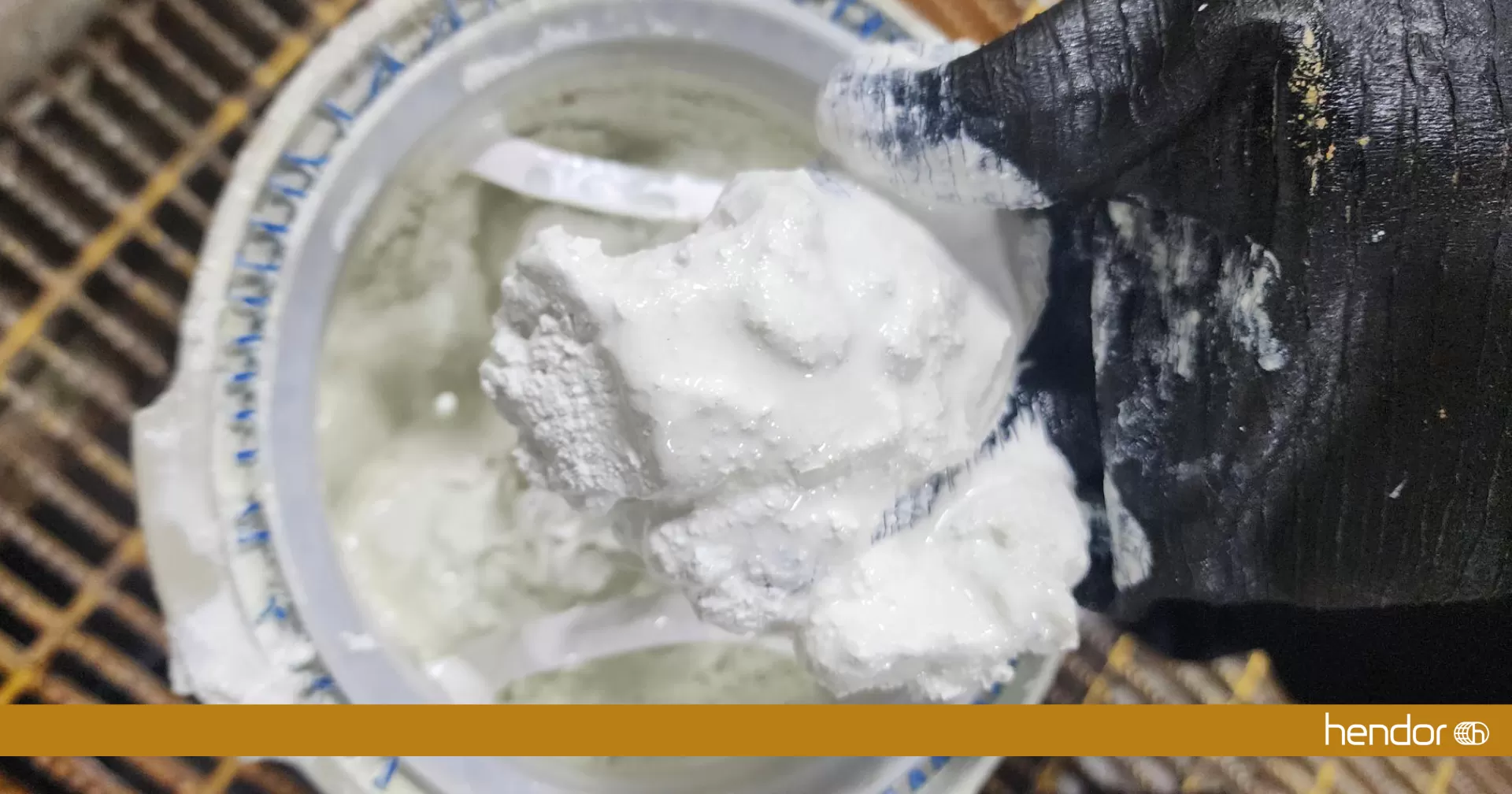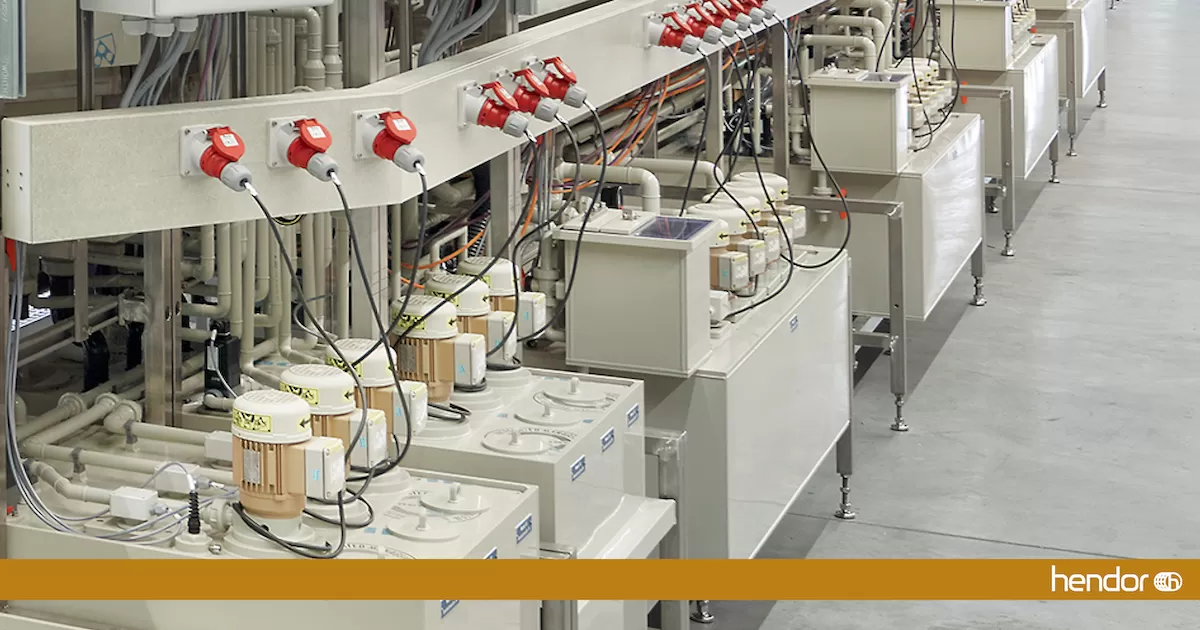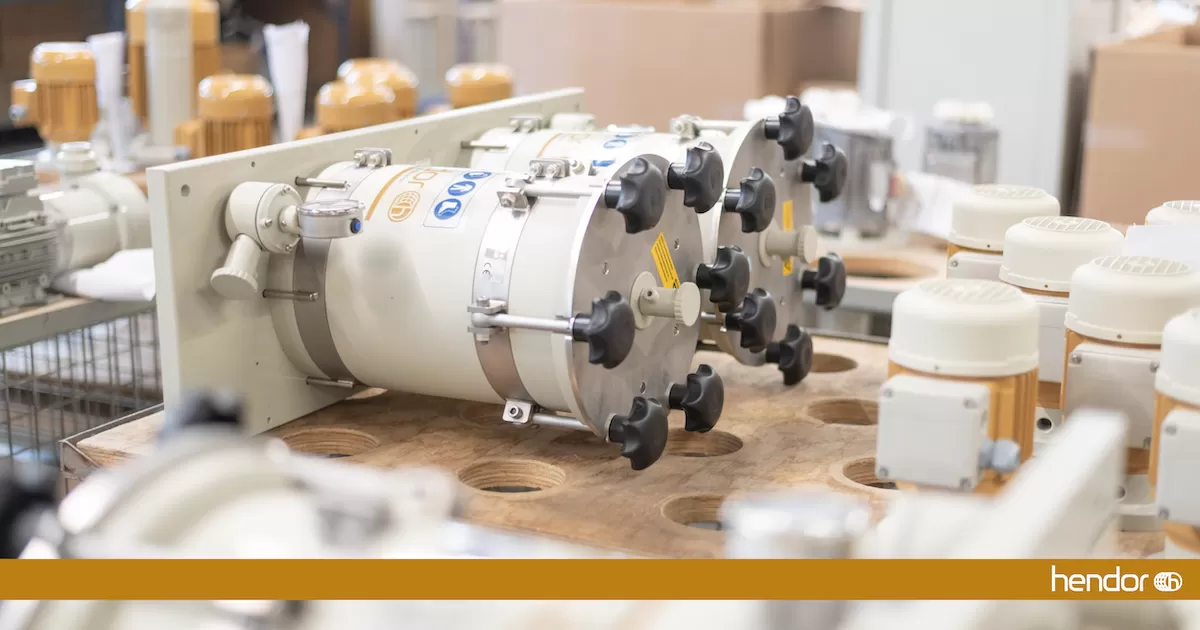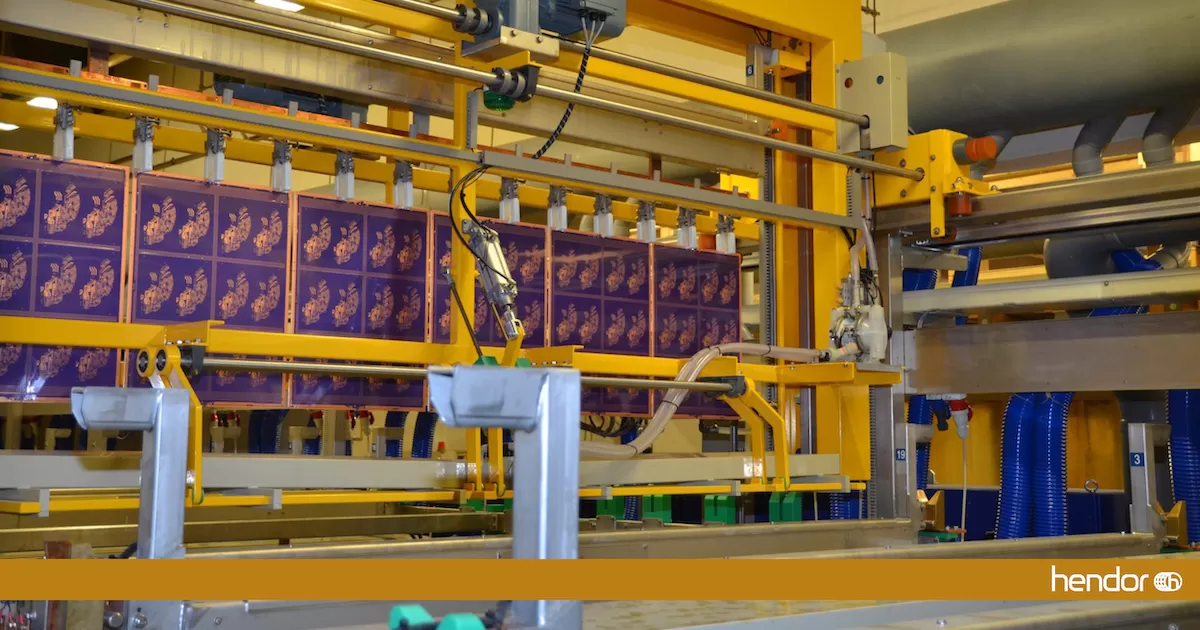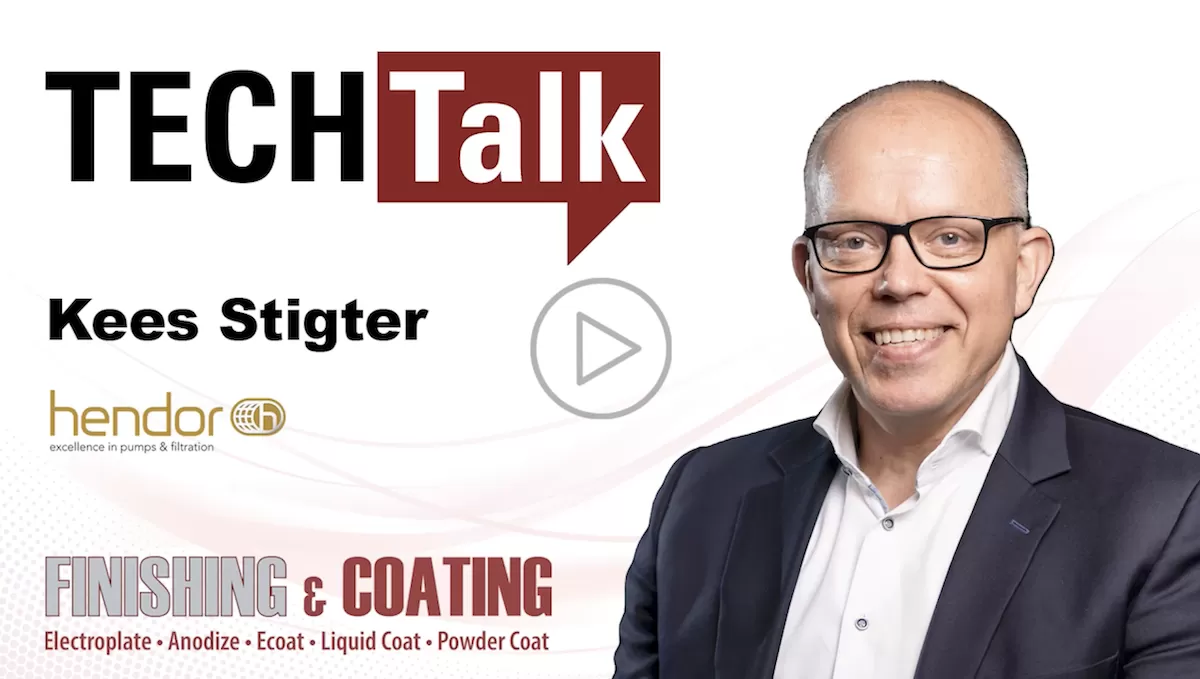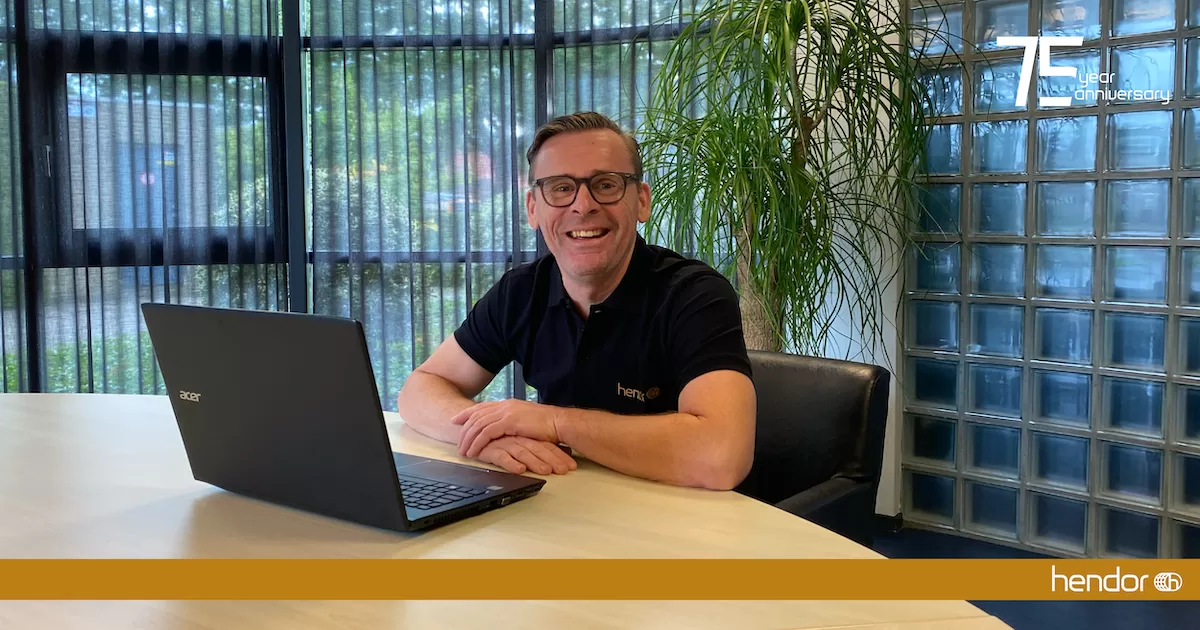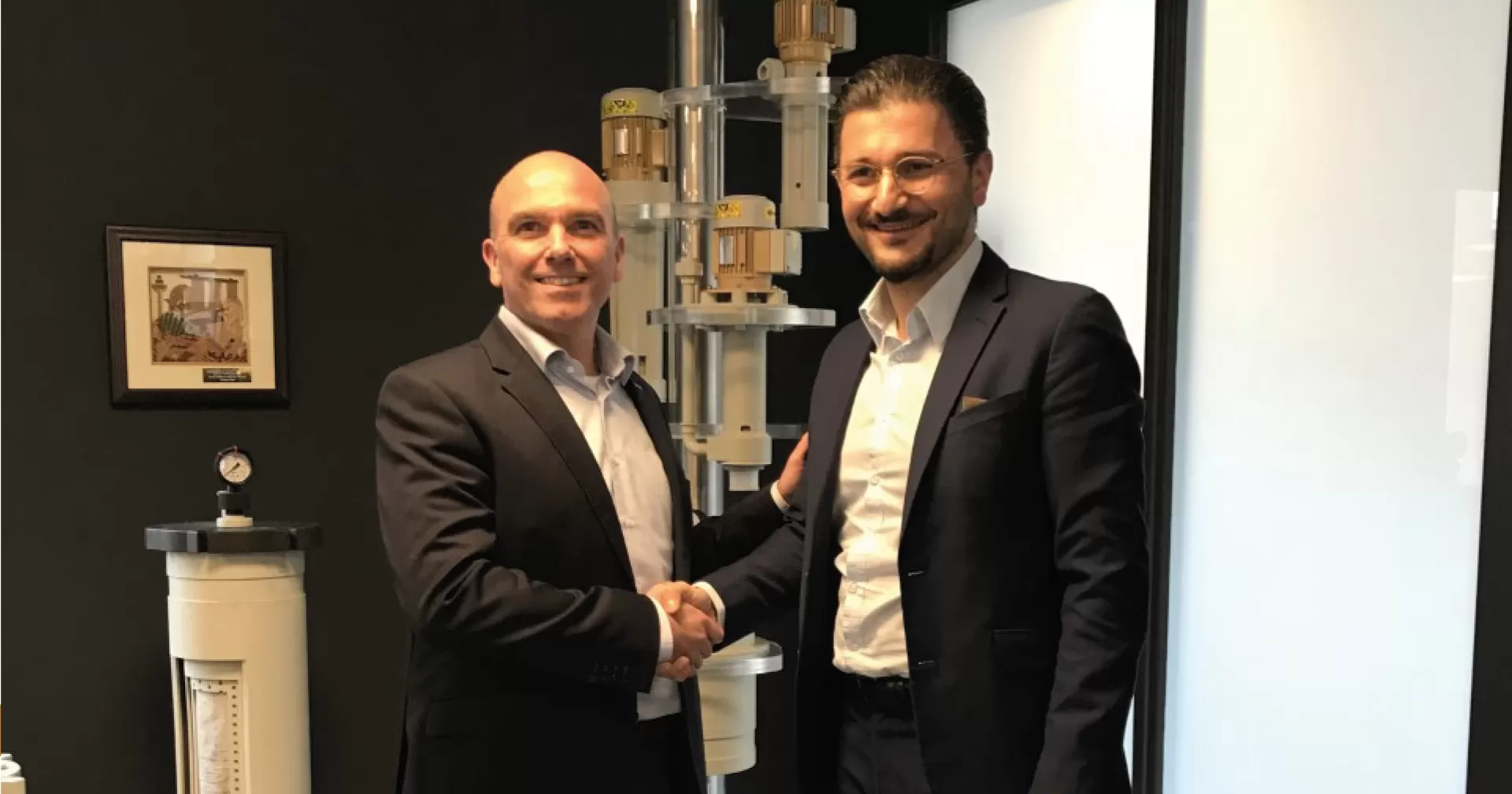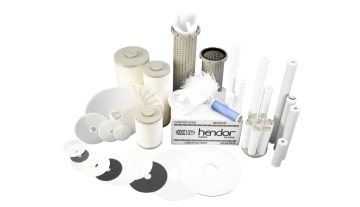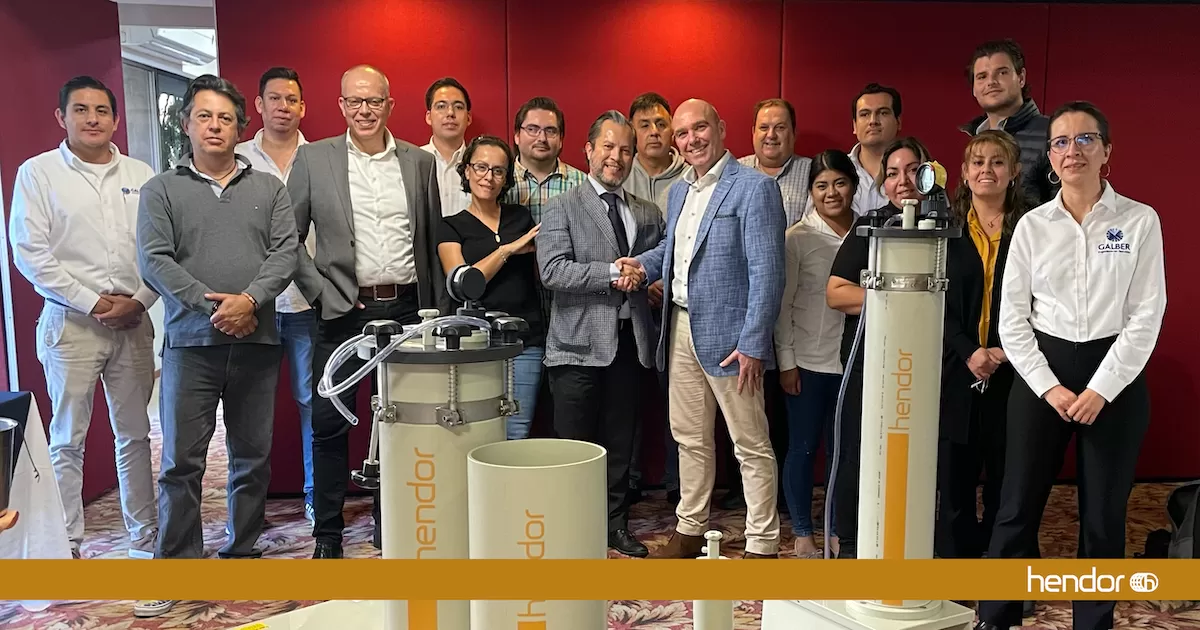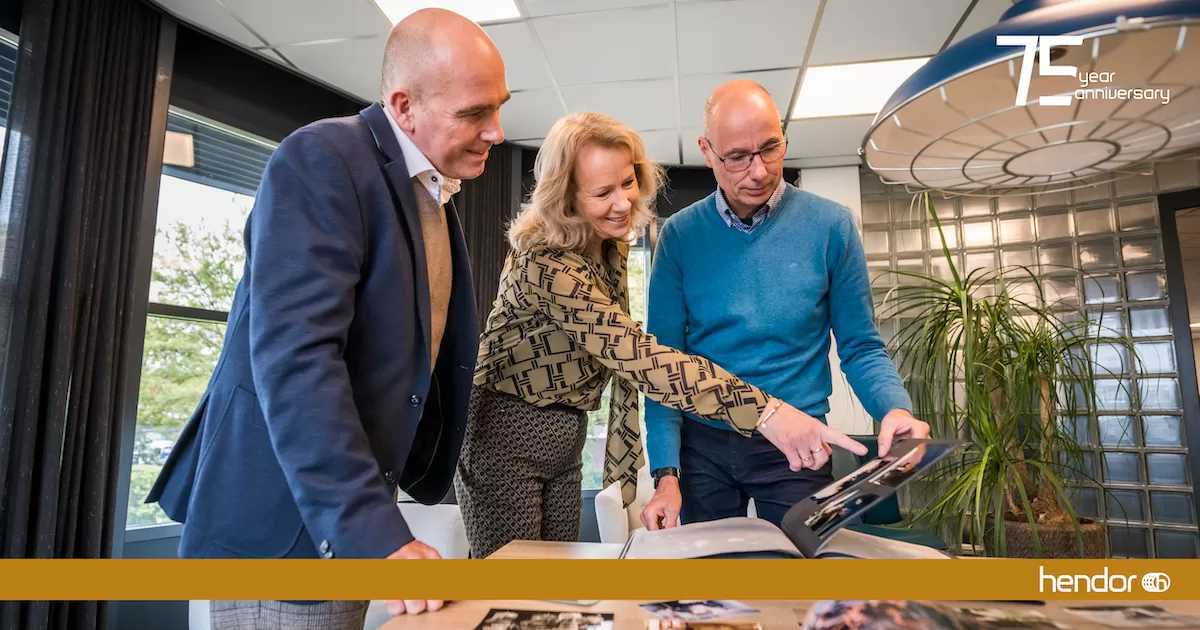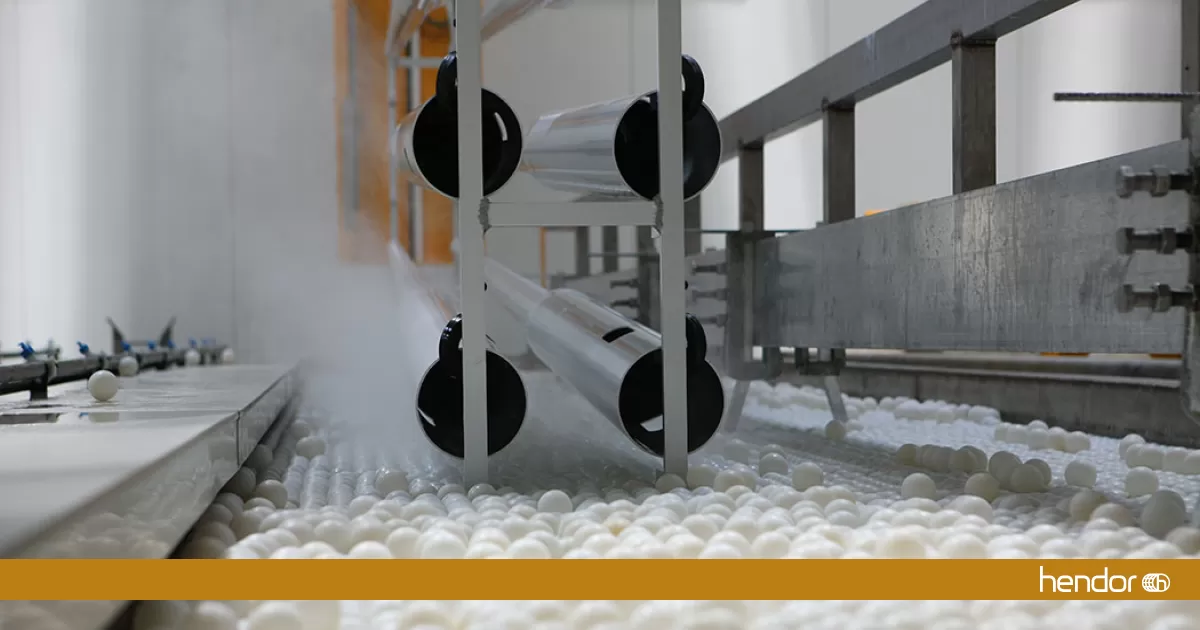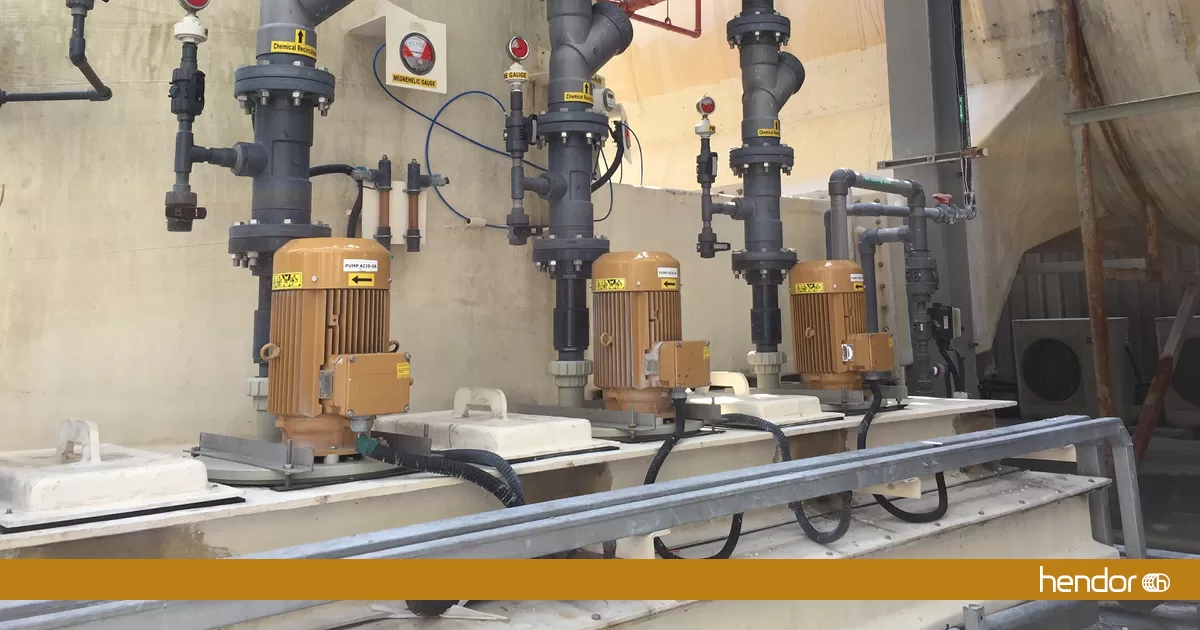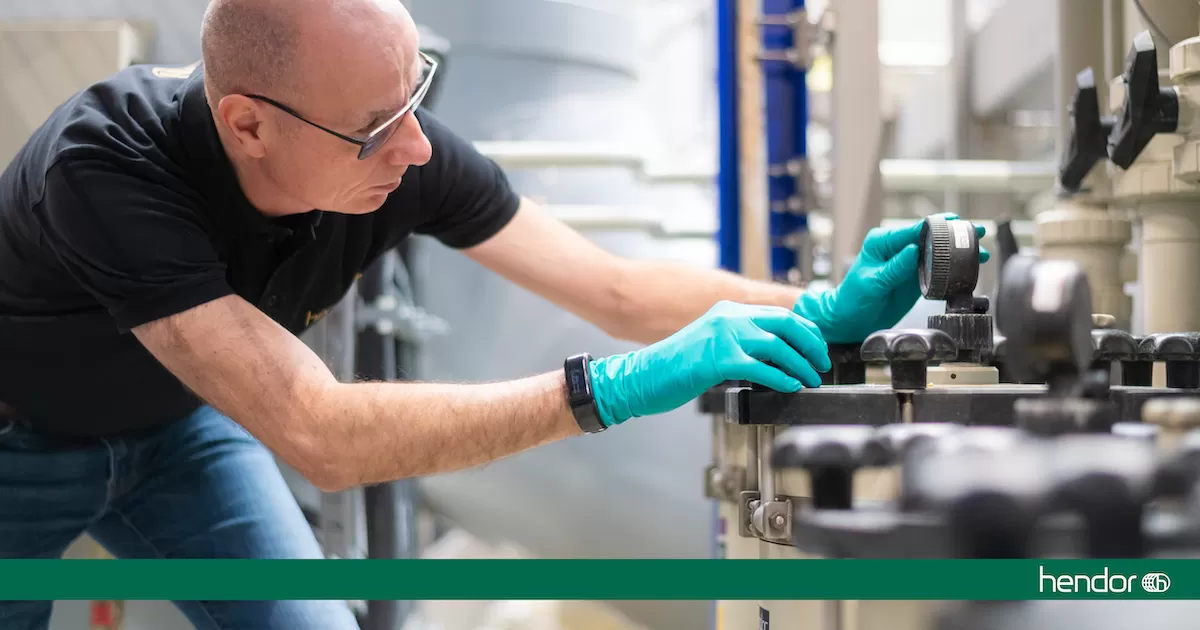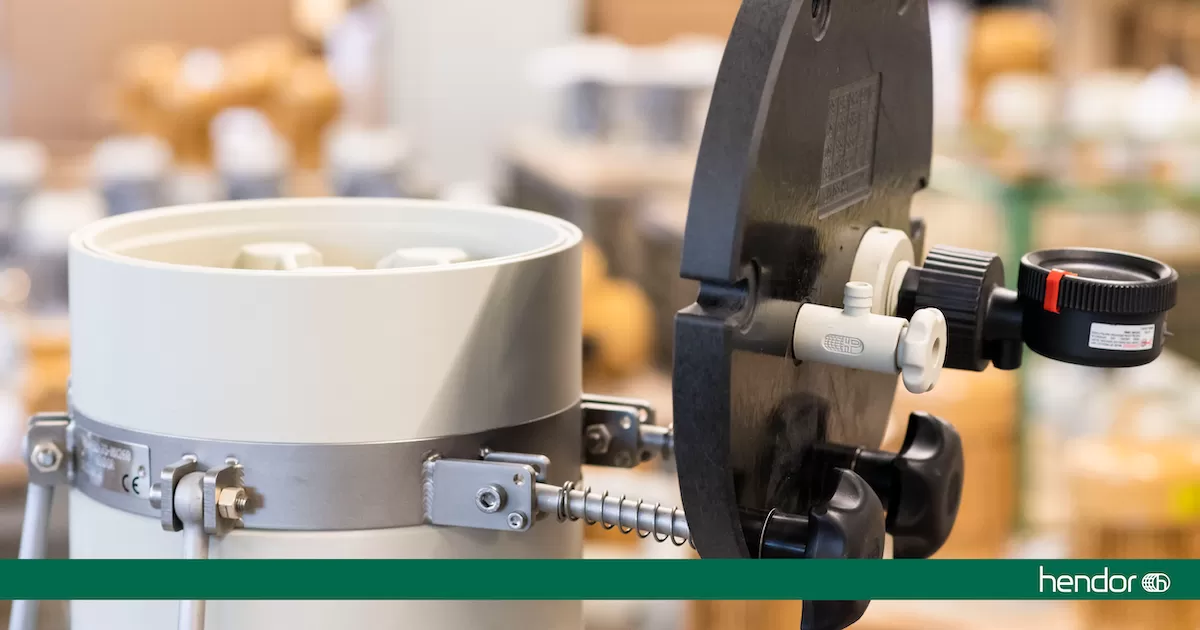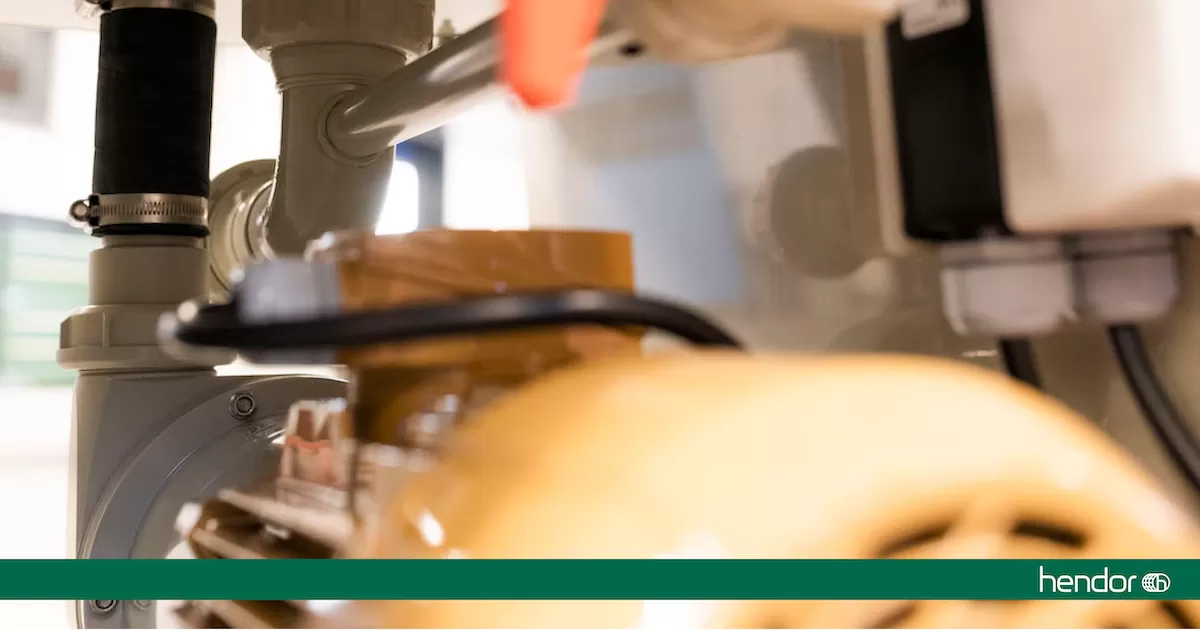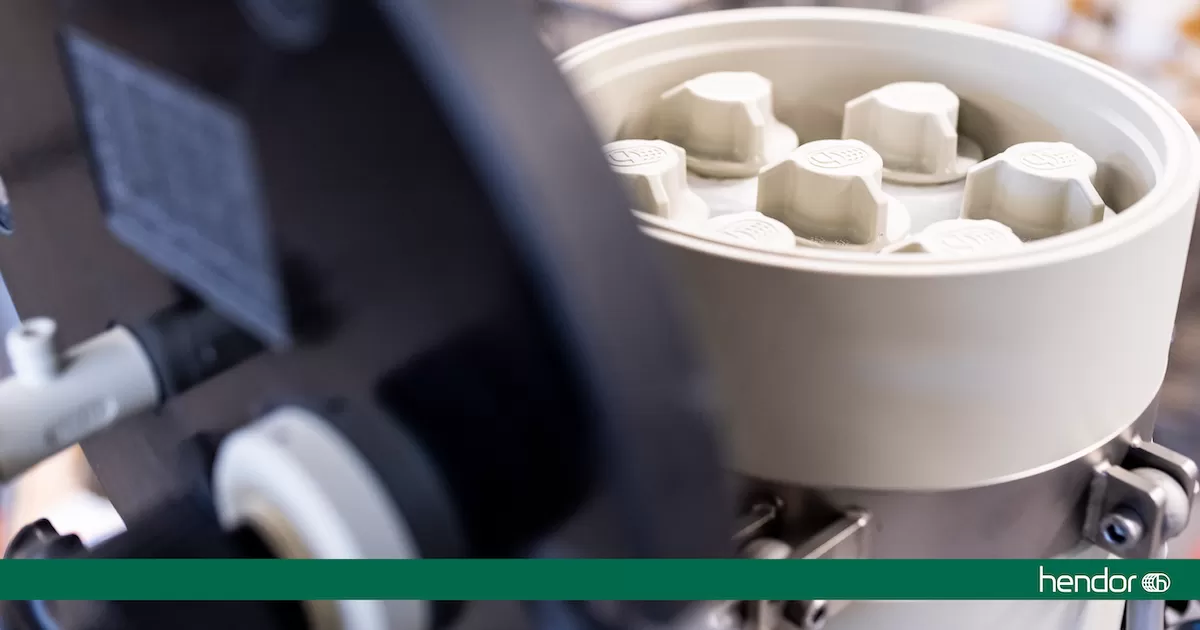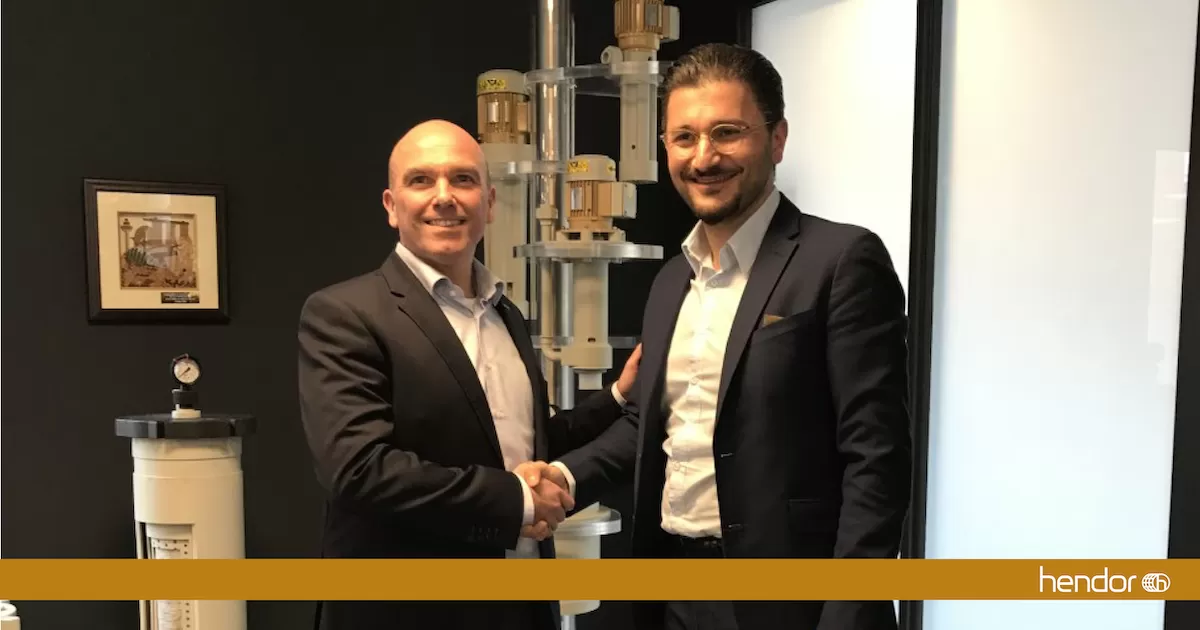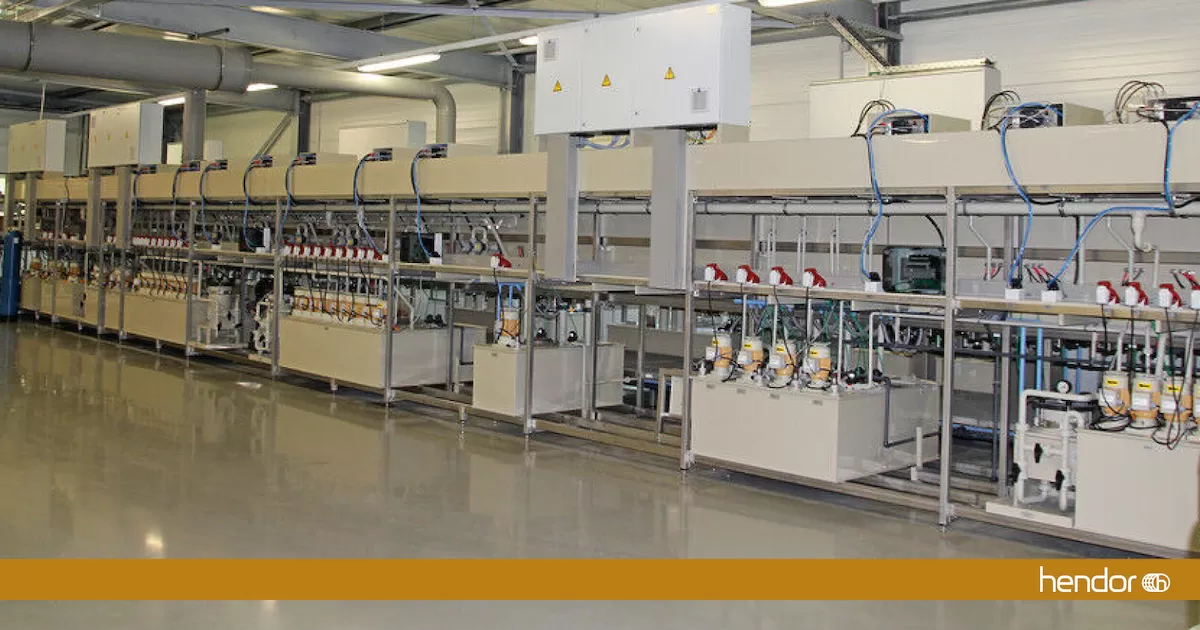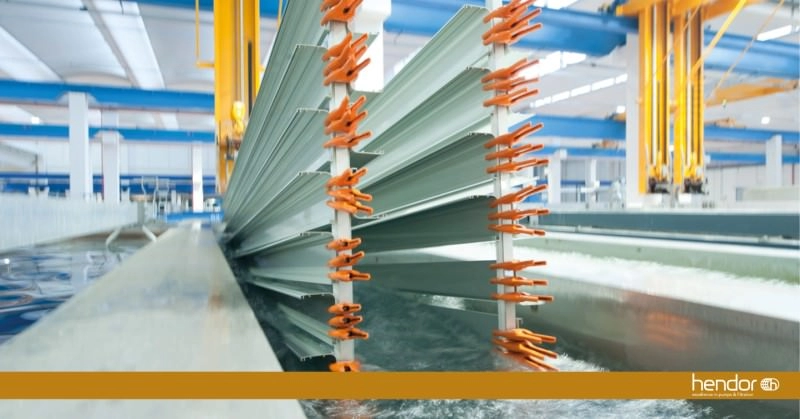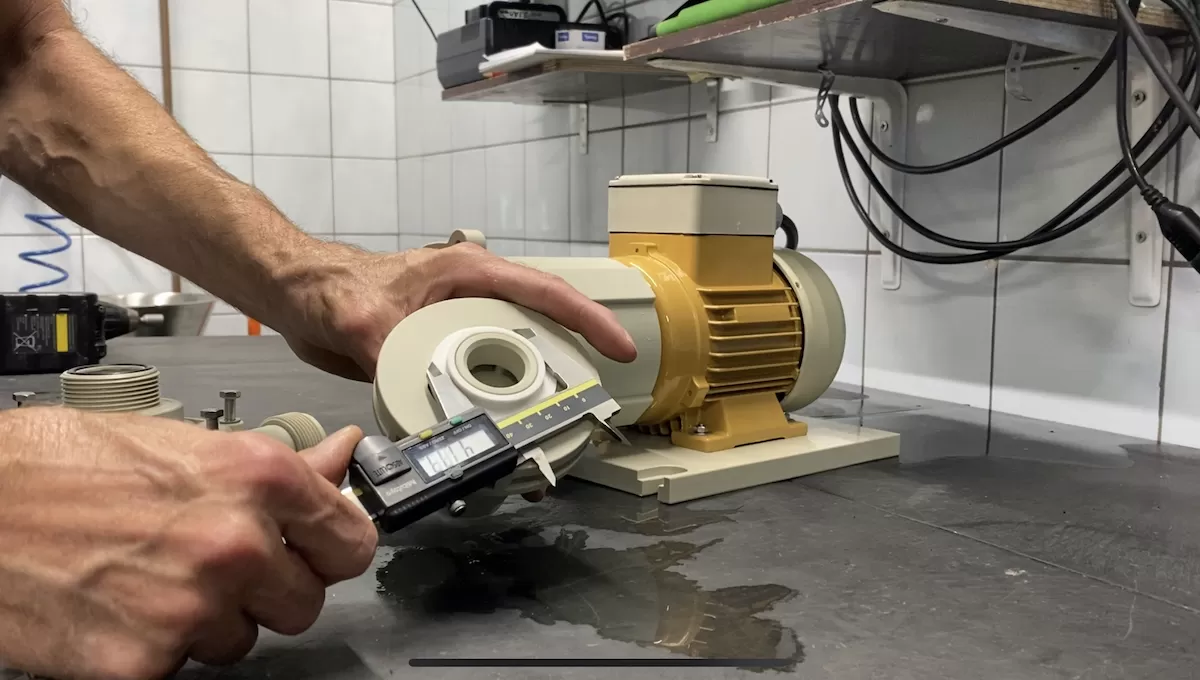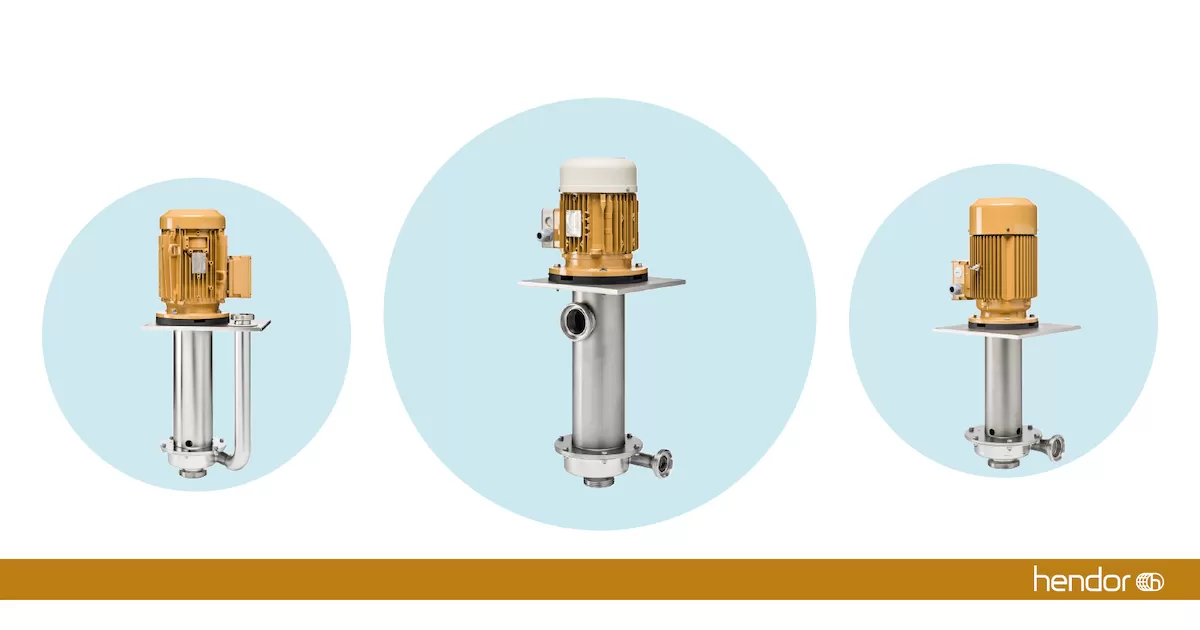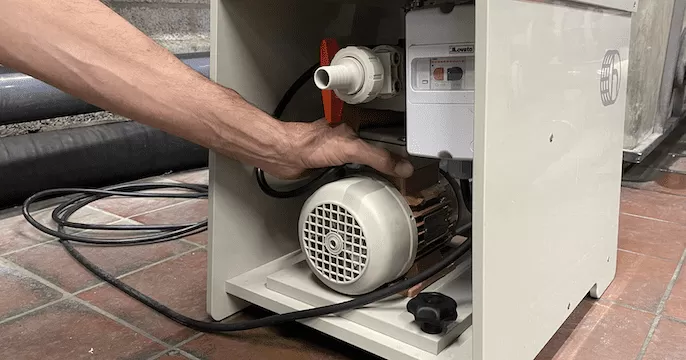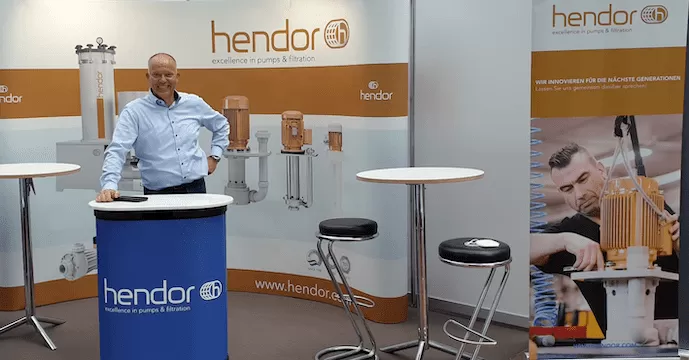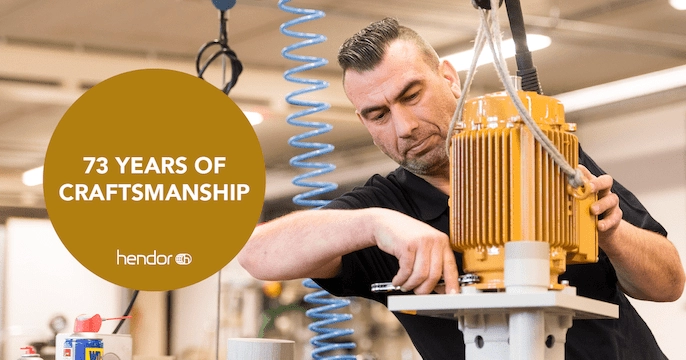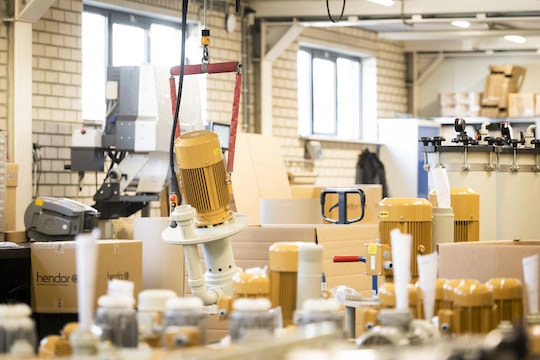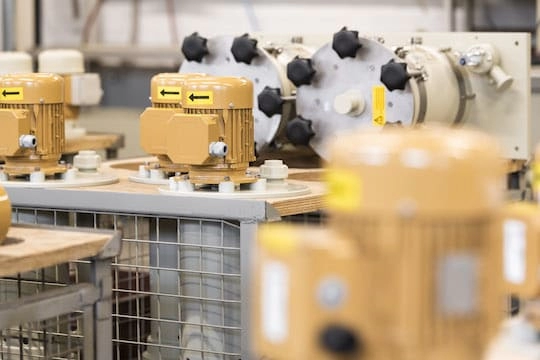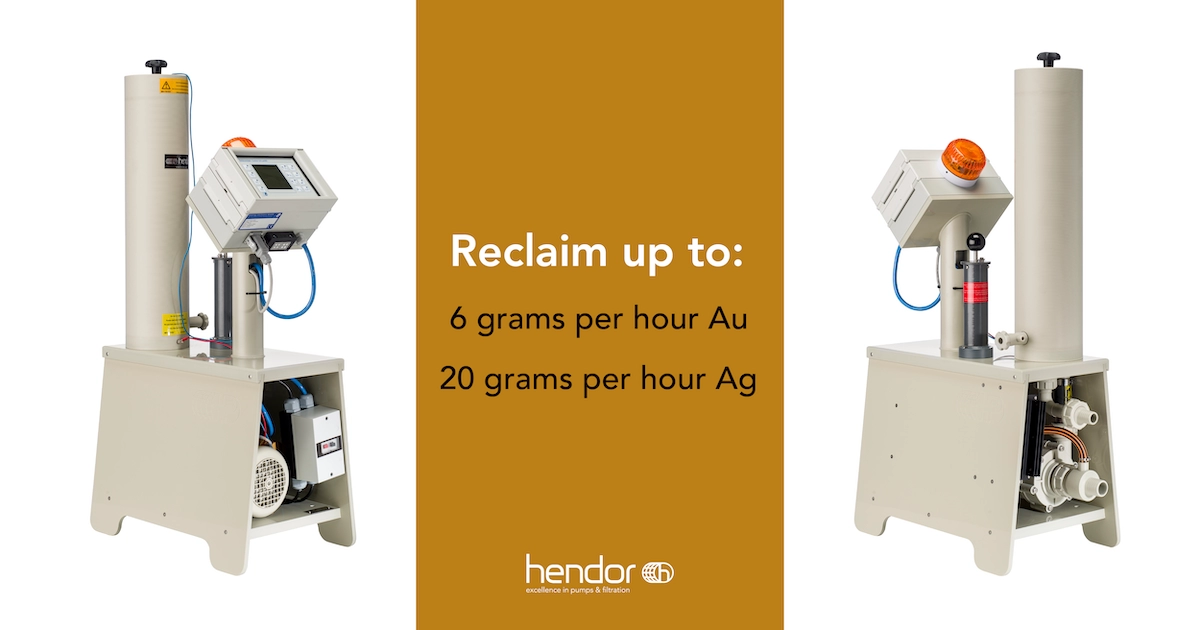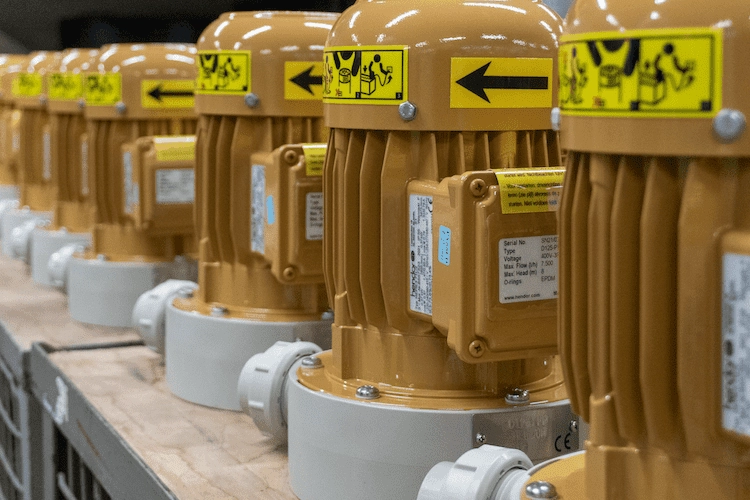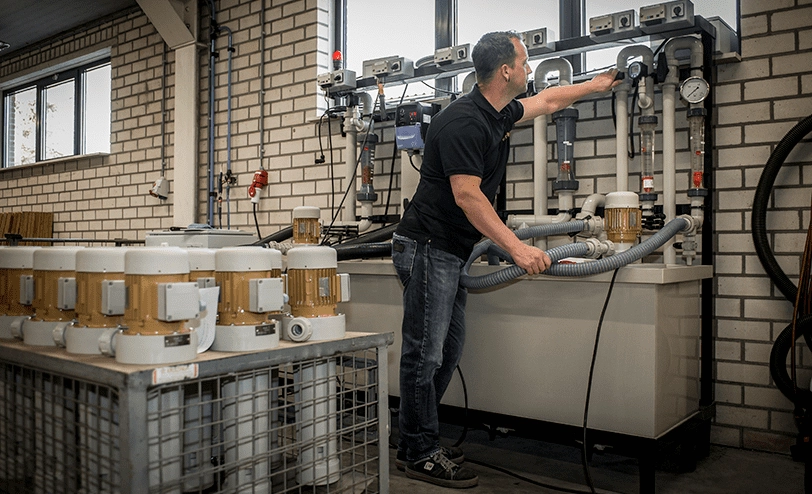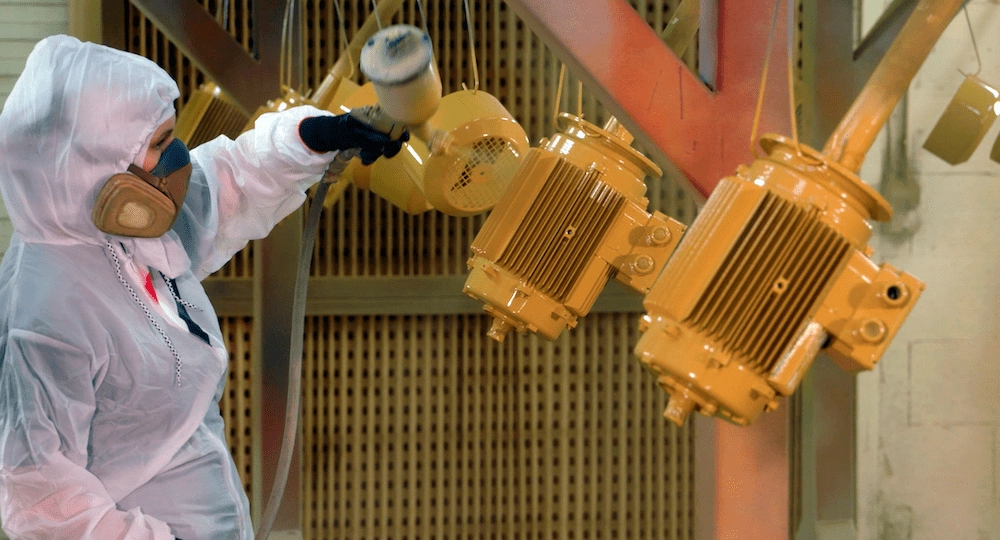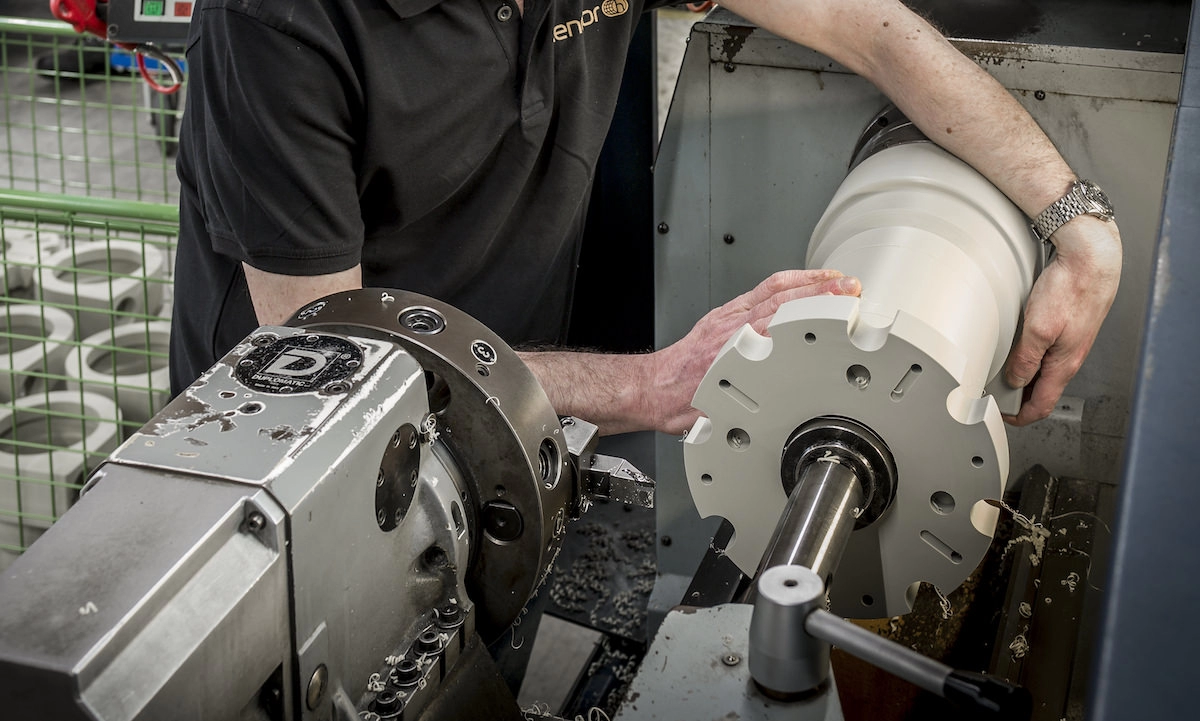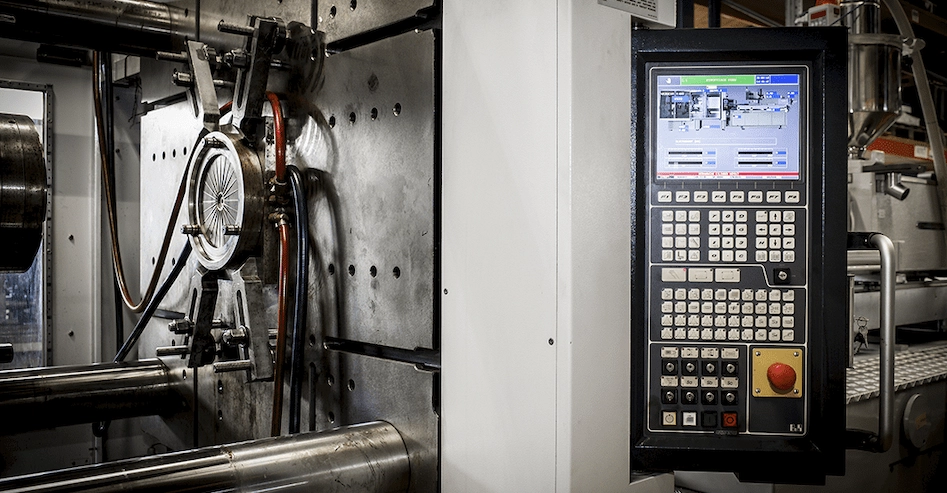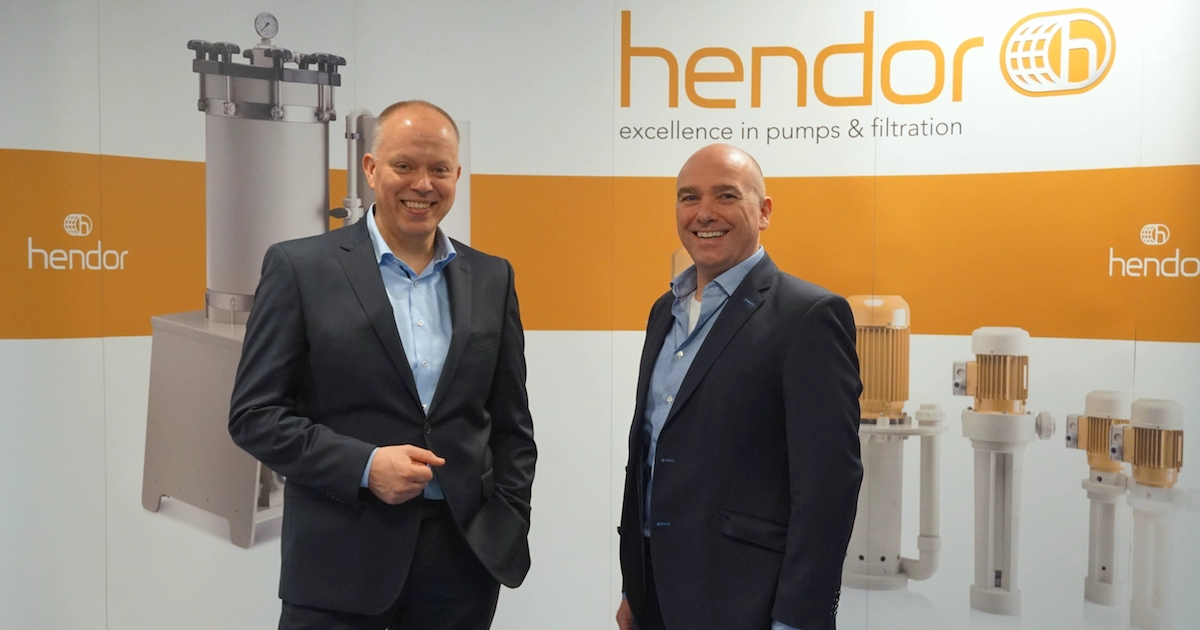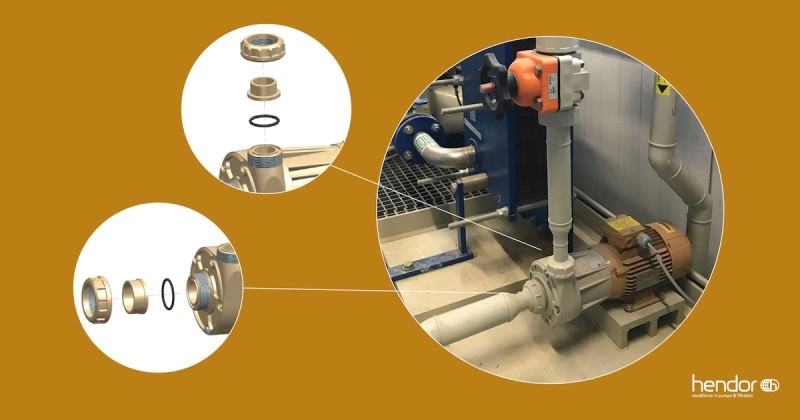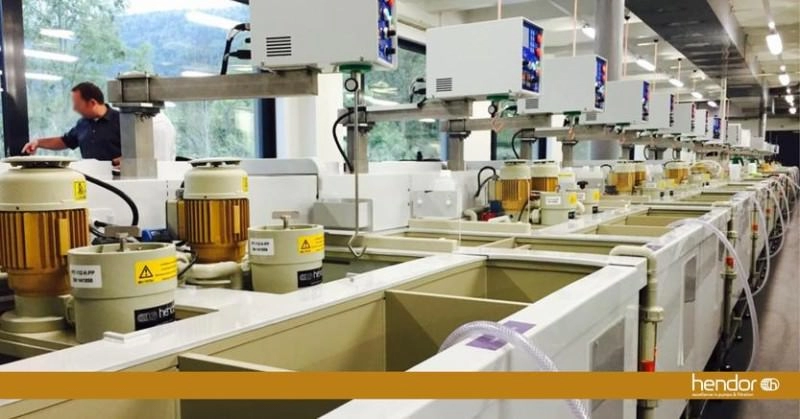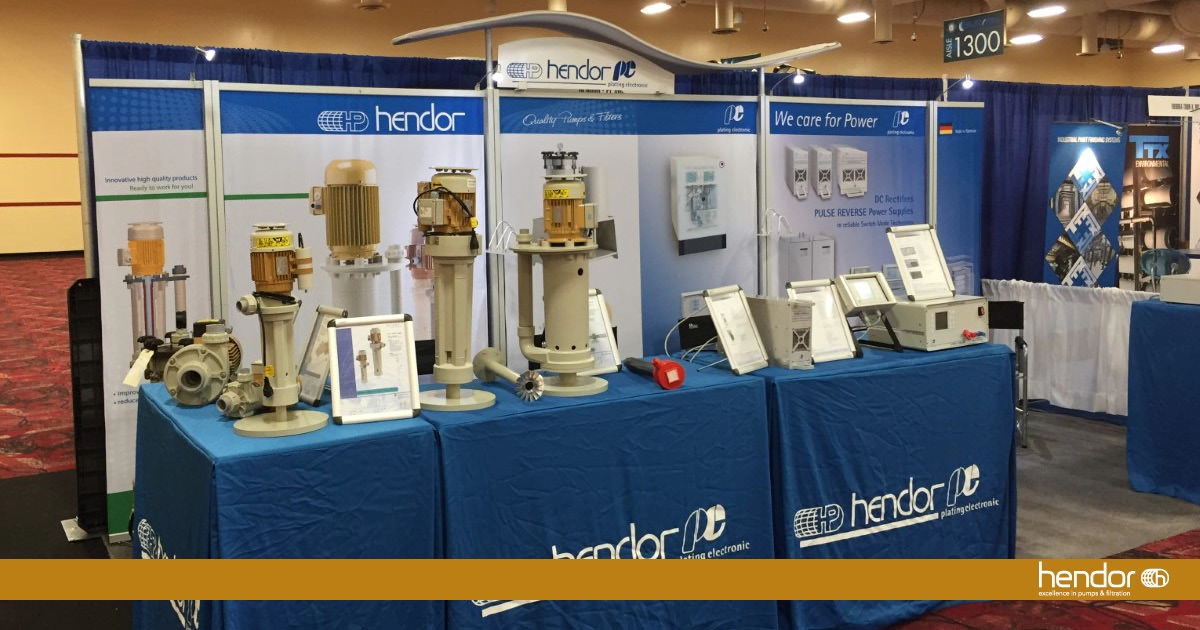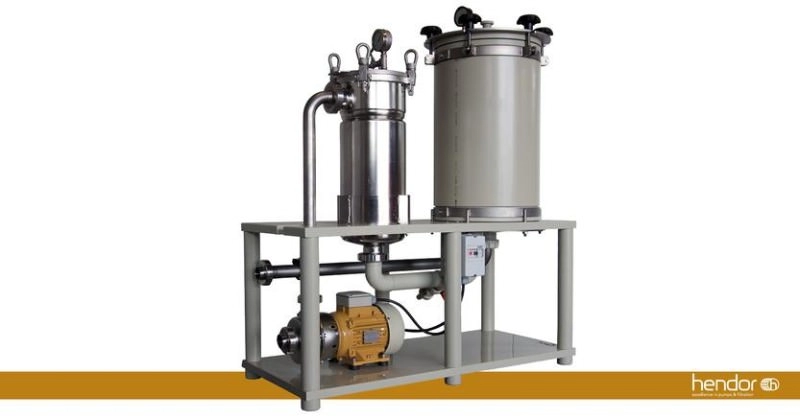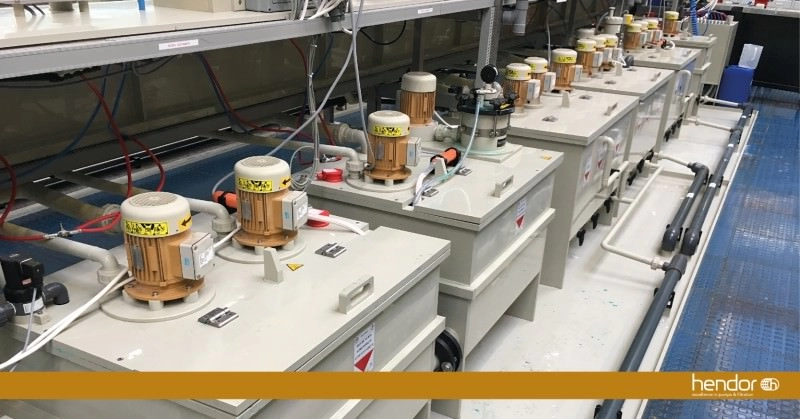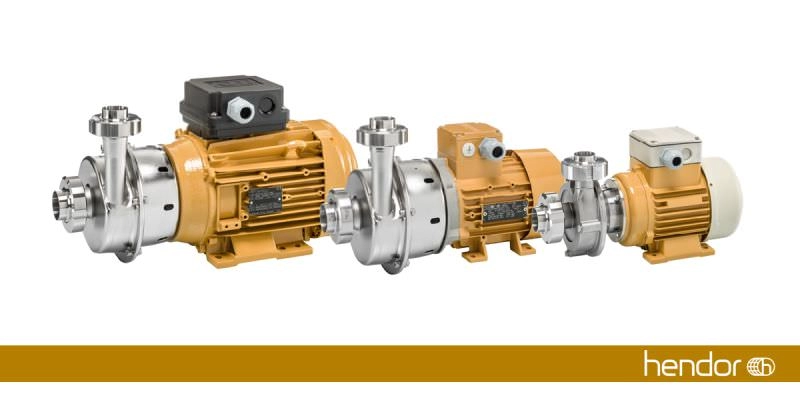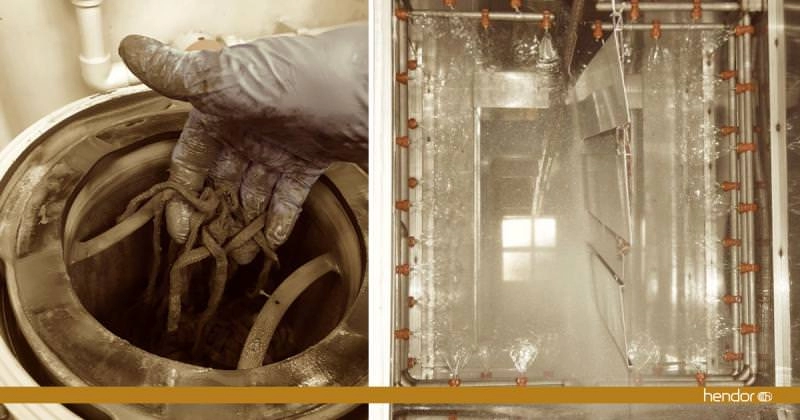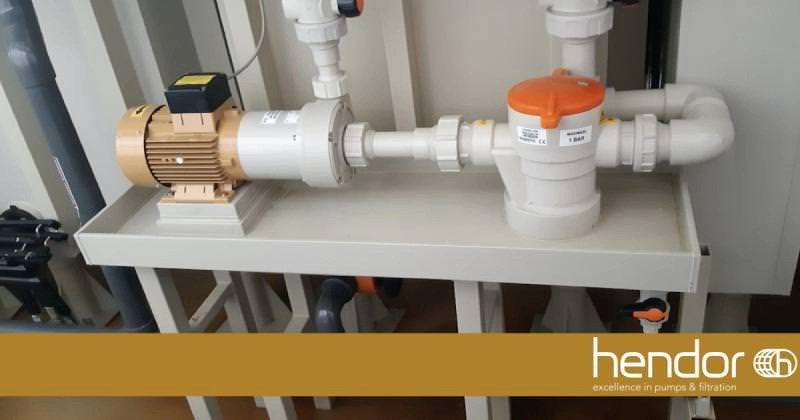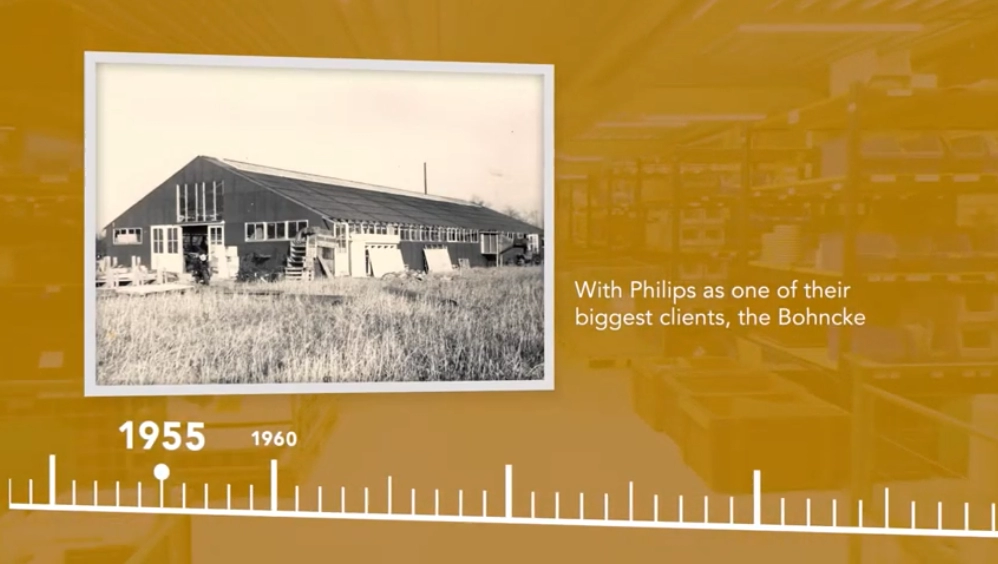18-01-2021
Our manufacturing process explained: plastic welding
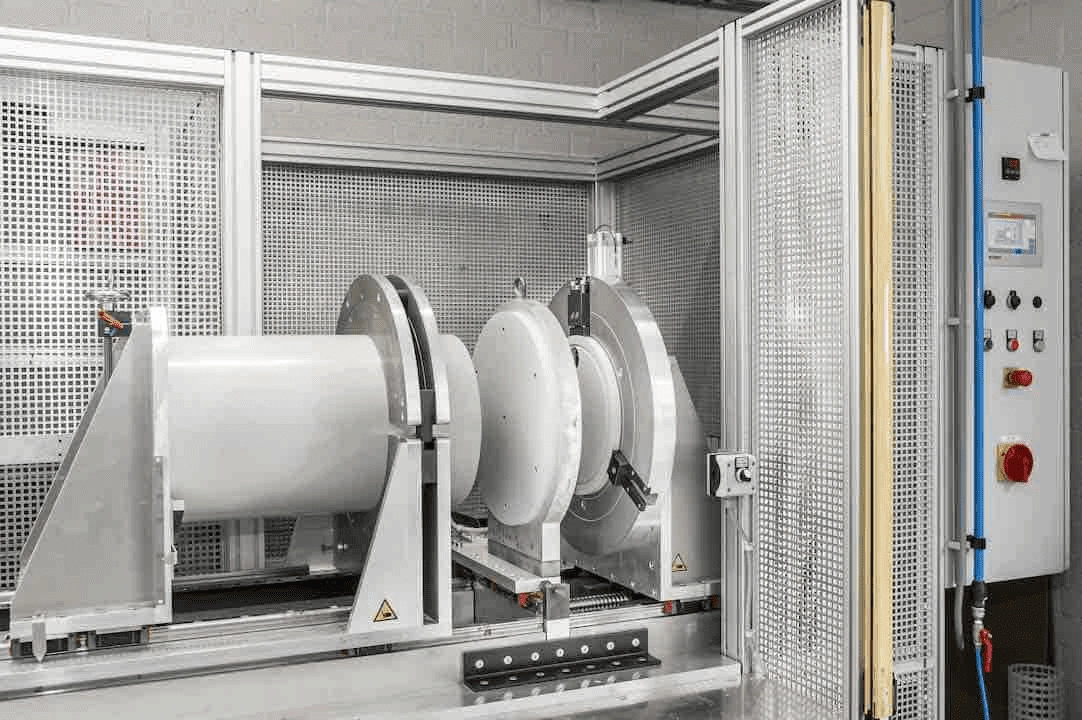
We believe that designing and manufacturing our products goes hand in hand with a great deal of expertise and craftsmanship. In this series of five blogs, our goal is to elaborate on our manufacturing process. How do our pumps & filters arise from PP to an end product? Step 3: plastic welding.
After the mechanical machining procedure, we ended up with loose components which have to be welded together. This process seems easy, but has to be done with certain precision. When done faulty, you can cause leakage or other sorts of damage to the pump or filtration system. Every component is plastic welded at the Hendor headquarters by one of our DVS 2212-1 certified specialists.
After the mechanical machining procedure, we ended up with loose components which have to be welded together. This process seems easy, but has to be done with certain precision. When done faulty, you can cause leakage or other sorts of damage to the pump or filtration system. Every component is plastic welded at the Hendor headquarters by one of our DVS 2212-1 certified specialists.
The plastic welding process
How is it done? The process of plastic welding is not the same as welding metals. In comparison to the three metal stages, plastic can have four stages: liquid, solid, gas, and plastic phase. In this last phase, the plastic becomes soft without leaking. At this point, polymer chains can be stuck together. But, this is only possible for coherent materials.
The actual process starts with pre-treatment, again, to prevent the welding process from failing. A small layer created by oxygen and UV-lighting in the previous step, called top skin, needs to be grinded-, or scraped off. This way, you will end up with a virgin part that adheres better to the other part to which it is welded. After grinding, the actual welding needs to be done within twenty minutes.
Two separate components are put into our welding machine. The machine pushes one end of each component onto a heating plate, causing the ends to melt. Then, the machine opens up, and removes the plate. Thereafter, the machine closes again to push the two melted sides of the components together. For this process, we need to keep time, pressure, and temperature into account. Depending on the type, and thickness of the material, these factors change. Normally, our PP products are welded around 210°C. For our PVDF products the according temperature is around 240°C.
In the next blog, we elaborate on the fourth step to manufacture a Hendor end-product. Make sure to follow us on LinkedIn, where we will announce the publication.
The actual process starts with pre-treatment, again, to prevent the welding process from failing. A small layer created by oxygen and UV-lighting in the previous step, called top skin, needs to be grinded-, or scraped off. This way, you will end up with a virgin part that adheres better to the other part to which it is welded. After grinding, the actual welding needs to be done within twenty minutes.
Two separate components are put into our welding machine. The machine pushes one end of each component onto a heating plate, causing the ends to melt. Then, the machine opens up, and removes the plate. Thereafter, the machine closes again to push the two melted sides of the components together. For this process, we need to keep time, pressure, and temperature into account. Depending on the type, and thickness of the material, these factors change. Normally, our PP products are welded around 210°C. For our PVDF products the according temperature is around 240°C.
In the next blog, we elaborate on the fourth step to manufacture a Hendor end-product. Make sure to follow us on LinkedIn, where we will announce the publication.

